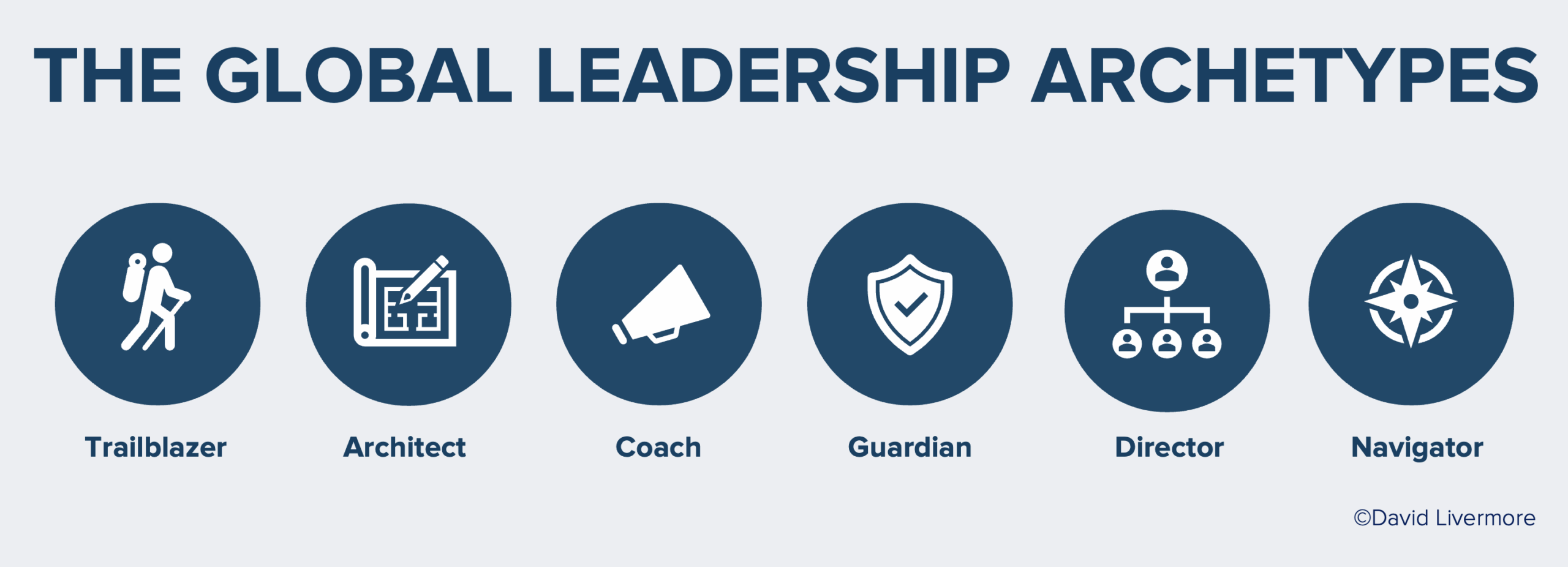–Guest post by Anindita Banerjee, a Certified CQ Facilitator and head of cross-cultural training at Renaissance Strategic Consultants
If you’re starting to work with a group in India, can you get by with a basic understanding of South Asians or do you need to narrow more specifically on Indians themselves? Or given the enormous population in India, might it be even better to focus more specifically on the region or city in India where the group with whom you’re working is located?
Given our interest in cultural diversity, the diversity practice at my firm recently initiated a study to understand domestic diversity in India and its impact on workplace practices. We looked at four broad regions (North, South, East and West). This is still a fairly broad brush approach. Keep in mind that many regions in India are significantly larger than many European countries put together. But some preliminary findings from our research offer some interesting insights:
Regional Differences
There are some clear characteristics across the four regions of India that are worth noting:
| Region | Strength | Weakness |
| North | Go getters; relationship oriented | Emphasis on financial benefits |
| South | Disciplined, simple lifestyle | Don’t see the big picture; less flexible |
| East | Intellectual ability | Low task/ambition orientation |
| West | Professional; ability to handle situations | Always looking for a job! |
Just as we must be cautious with how far we extend country-wide norms, so also we have to be cautious with how we interpret these regional norms. I have friends from North and South India who are far removed from some of the trends listed above and who would vehemently disassociate themselves from these descriptions. And there are many people from the North living in the South and visa versa. But as with all cultural norms, these are some broad generalizations that describe some contrasts across the country.
Marketing challenges
It may not always work to market India as one unified culture. The extent of relationship orientation can vary significantly across regions and averages may be misleading. A former CEO of a large manufacturing company in India said: “The dealers in north India are typically the happiest ones but are also the most demanding. In contrast, the ones in south may have issues but are less likely to admit they are unhappy or to articulate issues openly”.
Hierarchy
India is consistently described as a place steeped in hierarchy but there are differences across India in this category too. North and South India are perceived to be more hierarchical of the four regions. We also found that although the manifestation for a hierarchical approach was the same across most of the country (e.g. subservience to authority) the drivers for that submissive behavior are different across various regions. For instance, in North India, the primary reason for submission to authority is fear of what will happen if you don’t comply with authority figures. But in the south, the reason stems more out of respect for age, position, and/or experience.
Career motivators
There are also clear differences in the career motivations that exist across the regions. In the North, upward mobility, improved lifestyle, and an entrepreneurial drive are the key motivators for most people. But in South and East India, stability is a far stronger motivator than getting ahead. And not surprisingly, we found that the retention rate is higher in East and South India.
India should not be thought of as one, unified culture. It abounds with diversity, which in turn drastically impacts the way to effectively work across India. Even we as Indians are challenged by some of the diversity across our country. In fact, some Indians would much rather relocate overseas than to a different region in India. An HR head of a leading Indian software company recounted a phone call from the father of an employee in East India. The father pleaded to have his son’s transfer to South India reversed. He was concerned that the different language, climate and food would just be too much.
We have to beware of the variances that exist across India and for that matter, within any national culture. It is nigh impossible to prepare for all the variances we’ll experience among different cultures and individuals. But that’s where the four capabilities (Drive, Knowledge, Strategy, and Action) of cultural intelligence will best prepare us. I’m simply calling for us to have a better appreciation for the importance of domestic diversity within a national culture.




